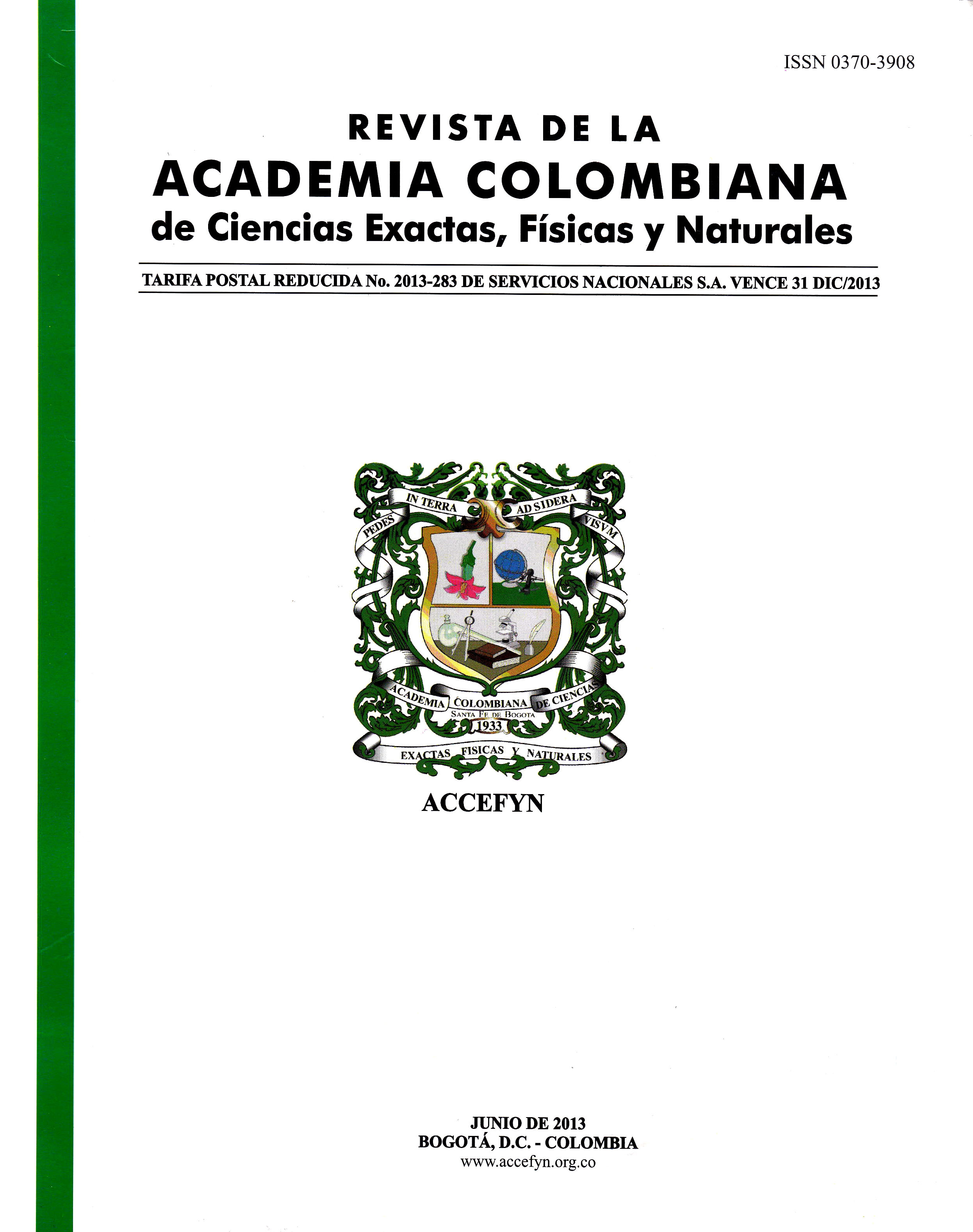Resumen
Cuando una superficie metálica entra en contacto con un medio acuoso, se da inicio a una serie de procesos termodinámicos y cinéticos responsables de la formación de una interfaz electroquímica, encargada de controlar los procesos de óxido/reducción relacionados con la transferencia de carga y masa en la vecindad próxima al metal. Debido a las características eléctricas de la interfaz, esta se modela normalmente mediante un arreglo eléctrico de elementos pasivos (resistencias y elementos de fase constante), cuyas magnitudes definen tanto los aspectos termodinámicos como cinéticos en las reacciones de intercambio y/o transferencia de carga y masa. Al simular esta interfaz electroquímica con elementos eléctricos, se pueden aplicar los conceptos de polarización para determinar estos parámetros de interfaz mediante el uso de campos eléctricos estacionarios (DC) o campos eléctricos variables en el tiempo y frecuencia (AC). El tipo de polarización aplicado (tanto magnitud como tipo de señal) define una serie de técnicas electroquímicas que permiten establecer con alto grado de precisión el estado de la interfaz. El conocimiento de todos los parámetros de esta interfaz es de gran utilidad para determinar la cinética de deterioro de materiales, la formación de capas pasivas y/o protectoras, la evaluación del uso de radicales orgánicos como inhibidores del deterioro del material, etc. A pesar del gran desarrollo de las técnicas electroquímicas, atribuible en las últimas dos décadas principalmente al avance de la electrónica y la computación, el futuro sigue siendo prometedor para posibles nuevas aplicaciones y/o combinaciones con otros conceptos físicos, como la emisión acústica, etc.
Referencias
Bockris, J.O’M., Reddy A.K.N., and Gamboa-Aldeco. (2000). M, Modern Electrochemistry; Fundamentals of electrodics, Kluwer Academic Publishers. ISBN 0-306-46166-8.
Bockris, O’M. J., Conway. B. E and White. R. (2002). Modern Electrochemistry; No. 34. Kluwer Academic Publishers. ISBN 0-306-46462-4.
Boukamp, B. A. (1985). Non-Linear Least Squares Fit of AC-Impedance Measurements, in Computer Aided Acquisition and Analysis of Corrosion Data. edited by Kendig M. W. and Bertocci U. Electrochemical Society. European Federation of Corrosion Publications. (1990). Guildelines on Electrochemical Corrosion Measurements. ISBN 0-901462-87-X.
Ferreira, M.G. S. and Melendres, C. (1989). Electrochemical and Optical Techniques for the Study and Monitoring of Metallic Corrosion. Kluwer Academic Publisher. ISBN 0-7923-1368-2.
Frey A, Meinrad Schienle. M. J, Paulu. C, Holzapf. B, Schindlerbauer. P, Hofmann. F, Kuhlmeie. D, Krause. J, Albers. J, Gumbrecht. W, Schmitt-landsiedep. D, Thewes. R. (2003). “Design of an Integrated Potentiostat Circuit for CMOS Bio Sensor Chips”. IEEE Engineering in Medicine and Biology Magazine. Pp. 9-12.
Hamann, C.H, Vielstich. V. (1998). Elektrochemie, Wiley-VCH Verlag. ISBN 3-527-27894-X.
Kaesche, H. (1990). Die Korrosion der Metalle; Physikalisch-Chemische Prinzipien und aktuellen Probleme. Springer-Verlag. ISBN 0-387-08881-4.
Nace. (1984). “Corrosion basic, an introduction”. USA. pp. 23, 40, 41.
Pérez, N. (2004). Electrochemical and Corrosion Sciences. Kluwer Academic Publishers. ISBN 1-4020-7744-0.
Pourbaix, M. (1963). “Atlas d’equilibries electrochimiques a 25oC” Edit. Gauthiers-Villars, Paris.
Pronov, A. P. (1990). Ciencia de los Materiales. Editorial pueblo y educación.
Raistrick, I. D. (1986). Application of Impedance Spectroscopy to Materials Science. Ann. Rev. Mater. Sci.16:343.
Reay, R. J., Kounaves S. P. and Kovacs. G T. A. (1994). “An Integrated CMOS Potentiostat for Miniaturized Electro-analytical Instrumentation”. Sensors and Display Electronics. p. 162-163.
Schmickler, W. (1996). Grundlagen der Elektrochemie. Vieweg Verlag, ISBN 3-528-06755-1.
Schultz, W.D., Paul, R. (1997). Institut fuer Korrosionsschutz Dresden. Vorlesungen uber Korrosion und Korrosionsschutz von Werkstoffen. ISBN 3-930526-04-8.

Esta obra está bajo una licencia internacional Creative Commons Atribución-NoComercial-SinDerivadas 4.0.
Derechos de autor 2023 https://creativecommons.org/licenses/by-nc-nd/4.0

